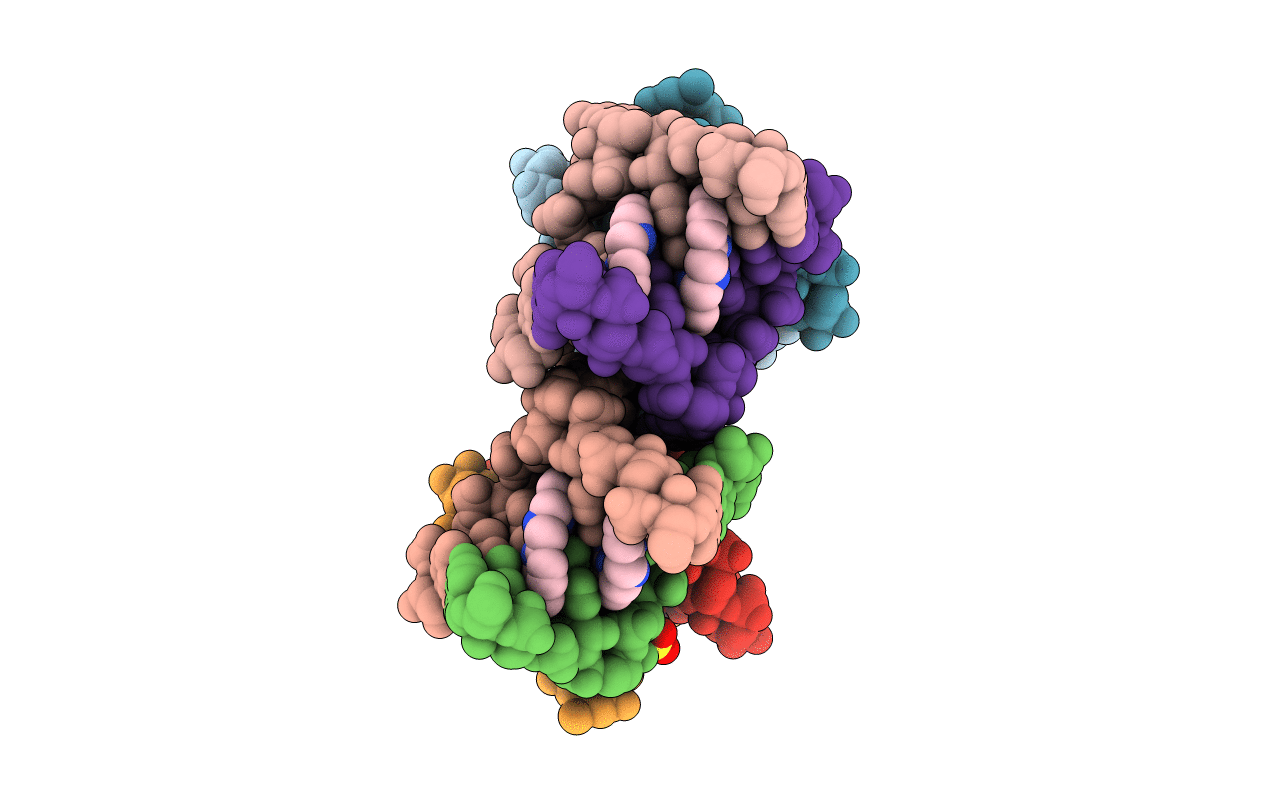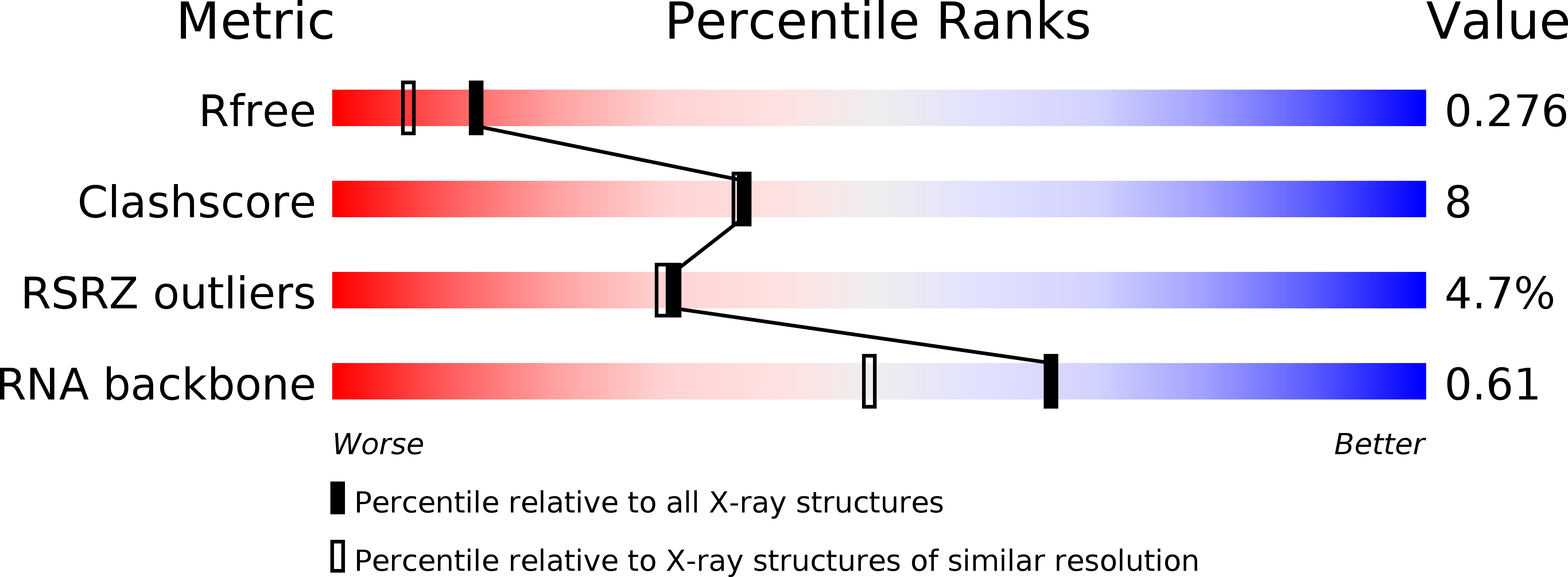
Deposition Date
2019-01-21
Release Date
2019-09-25
Last Version Date
2025-12-10
Entry Detail
PDB ID:
6QIS
Keywords:
Title:
Crystal structure of CAG repeats with synthetic CMBL3a compound (model II)
Biological Source:
Source Organism:
Homo sapiens (Taxon ID: 9606)
Method Details:
Experimental Method:
Resolution:
1.99 Å
R-Value Free:
0.27
R-Value Work:
0.23
R-Value Observed:
0.24
Space Group:
P 21 21 21


